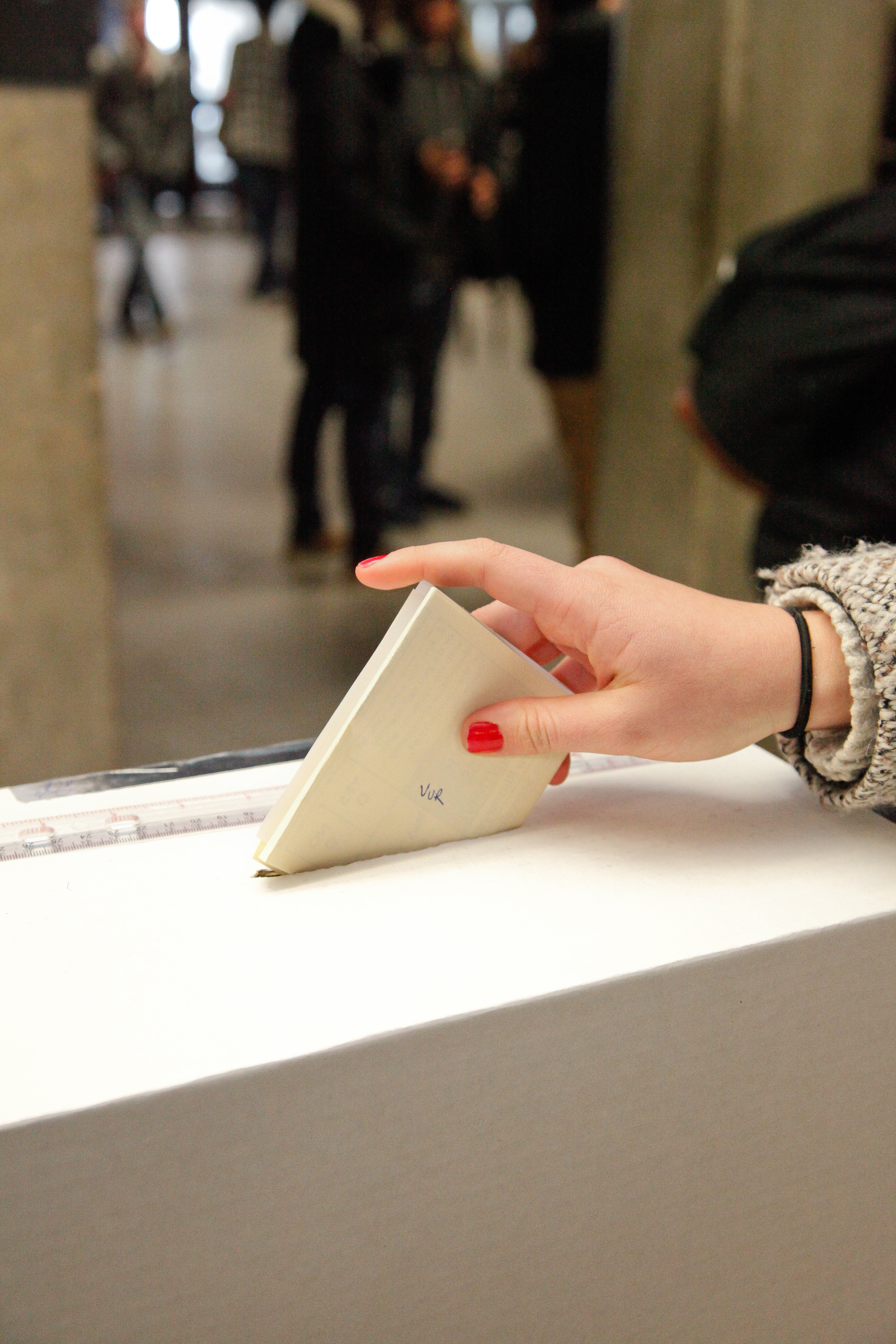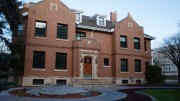The University of Manitoba community welcomed its first research space dedicated to studying Indigenous communities to its Fort Garry campus last Wednesday.
Mamawipawin, located on the fourth floor of the Isbister building, is intended to facilitate the gathering and dissemination of the research of Canada Research Chair in Indigenous Politics and Governance Kiera Ladner and of the graduate students she works with.
Ladner, who is an associate professor in the department of political studies at U of M, created Mamawipawin out of what she described as “a hole in the wall,” a series of storage rooms in “one of the hardest spaces to find on campus.” Mamawipawin inhabits the fourth floor of the Isbister building.
Ladner secured funding from both the Canada Foundation for Innovation and the Manitoba Research and Innovation Fund in 2009 for what was then dubbed the Indigenous Governance and Community Based Research Space.
Several years later, the space houses a high tech lab and is centered upon a unique architectural feature — a circular room, custom tiled in red and blue, equipped for video conferencing and smudging ceremonies.
“The circular space represents life and Indigenous understandings of the world. Everything happens in a circle; life is not linear, society is not linear, knowledge is not linear, and it has no beginning and no end,” Ladner told U of M’s Research Life in Aug. 2011, as her vision moved towards fruition.
The space has received compliments from visiting members of parliament, members of the legislative assembly and chiefs, Ladner told the Manitoban.
“We can start working more in partnership with communities instead of us just being the collectors of knowledge,” Ladner said.
“We have a space to call our own and a space that we can grow into,” she said.
Ladner emphasized that the space is about conducting research in a way that gives back to the communities it is focusing on.
Mamawipawin translates roughly from Cree as “the space where we gather.”
Max Aulinger, a graduate student in the department of native studies utilizing Mamawipawin, noted the importance of having a space in which to “bounce ideas off” of those engaged in similar studies.
“You’re around fellow students and staff who are willing to challenge you but, at the same time, help guide you,” he said.
During the opening, Aulinger offered a video presentation of his time with an Anishinabek community. He was enthusiastic about Mamawipawin’s technological capacities.
“It’s invaluable to have the computer technology to edit through the film,” he said.
David Barnard, president of U of M was also on hand for the public opening. Barnard made headlines in 2011 for acknowledging and apologizing for the U of M’s role in the residential school system.
“It’s been a priority for the university for a long time,” he said, in regards to the university’s focus on aboriginal education. He cited the university’s Strategic Planning Framework’s “four pillars, one of which is indigenous achievement.”
Barnard thanked Ladner for the national and international prestige the project has already garnered for the university, acknowledging her resounding success in creating the space.
With files from Joanna Graham.




